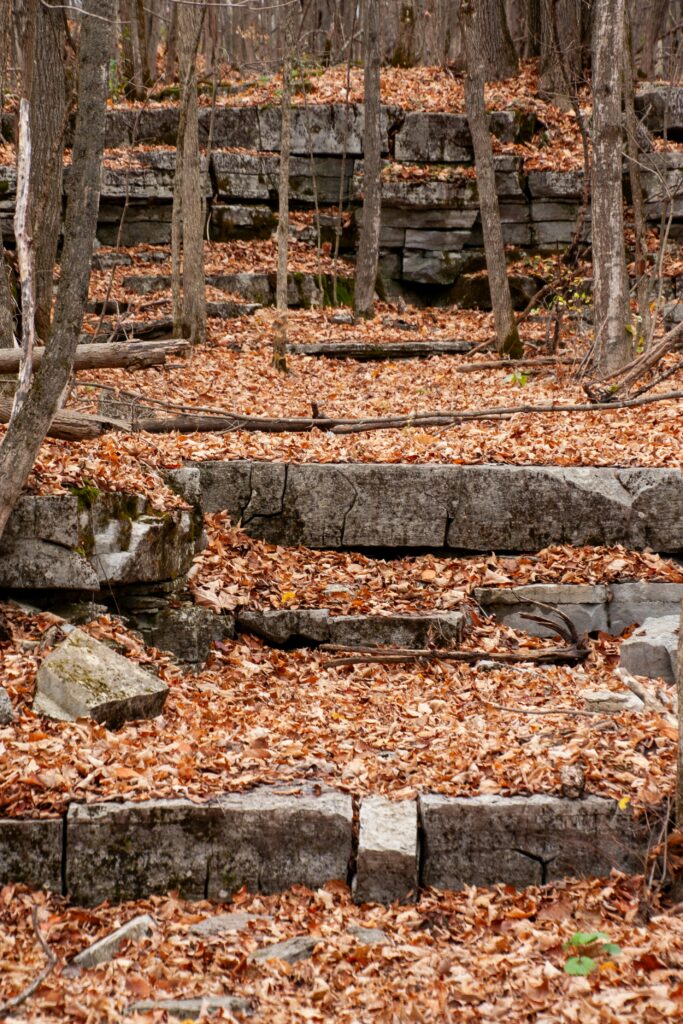
At a recent board meeting, we were deep in discussion about our mission statement. We were throwing around a lot of good ideas—words like “bridge-building,” “unity,” “bias,” “community.”
Then, a few of our board members—leaders from Indigenous communities—gently pointed something out. They noticed how much of our language, and the broader bridge-building movement’s language, leans heavily on engineering metaphors.
I made a joke in response: “Maybe our mission statement should be Building relationships, manufacturing community.”
We all had a good laugh.
But the point stuck. And the insight was important.
The image of a bridge is useful—and beautiful. We’re not throwing it out. A bridge, after all, connects what has been divided. It can hold weight. It helps people get to places they couldn’t reach before. That’s what good community work does.
But bridges are built for efficiency. They are designed, calculated, and manufactured. Human relationships aren’t. Real connection—especially across lines of race, faith, culture, and politics—is more like gardening than engineering.
It takes time. It’s shaped by the seasons. It depends on the soil.
In fact, that’s where this conversation took me. I thought back to the story I’ve told before about the moss in my yard. I’d been trying everything to get rid of it, until my neighbor reminded me: You don’t have a moss problem. You have a soil pH problem.
The moss was just a symptom.
That’s how I’ve come to think about polarization, group segregation, and even loneliness. They’re not the core problem. They’re symptoms of deeper issues—what the Rippel Foundation calls the erosion of our vital conditions.
Vital conditions are the basic building blocks of a healthy society. Things like belonging, trust, participation, and safety. You can’t just build your way out of those problems. You have to grow your way out of them.
So as we rethink the mission statement at Paths to Understanding, we’re leaning into more organic language—language that reflects what we’re actually doing.
We’re not just solving a problem.
We’re not just building a structure.
We’re cultivating the conditions for something to flourish.
We’re inviting people into experiences that restore human connection. We’re helping people grow their “civic muscle”—to learn how to show up for one another, across difference, again and again. And we’re doing it through a relational, human-centered process that honors culture, story, and mutual respect.
In other words, we’re not just changing strategies. We’re changing the game.
So yes, we’ll still build a few bridges. But mostly, we’ll be tending the soil.
Because that’s how strong, rooted communities grow.
